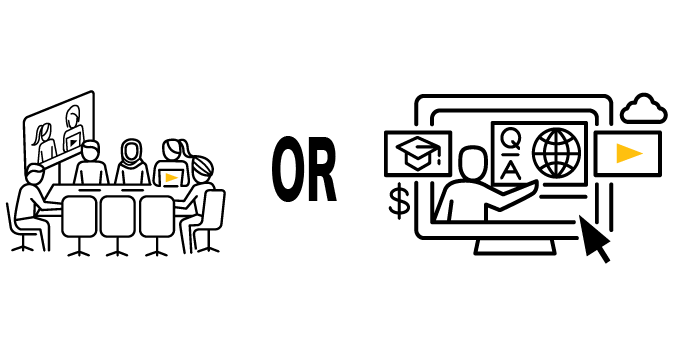
When was the last training workshop you attended with a group of people in a brick and mortar classroom or training facility? A while ago I suspect.
For the vast majority of learners in businesses, schools and universities, the traditional face to face classroom setting is not available during the restrictions of the current pandemic.
Does this mean an end to formal education and learning? .....


New Article Email Notification